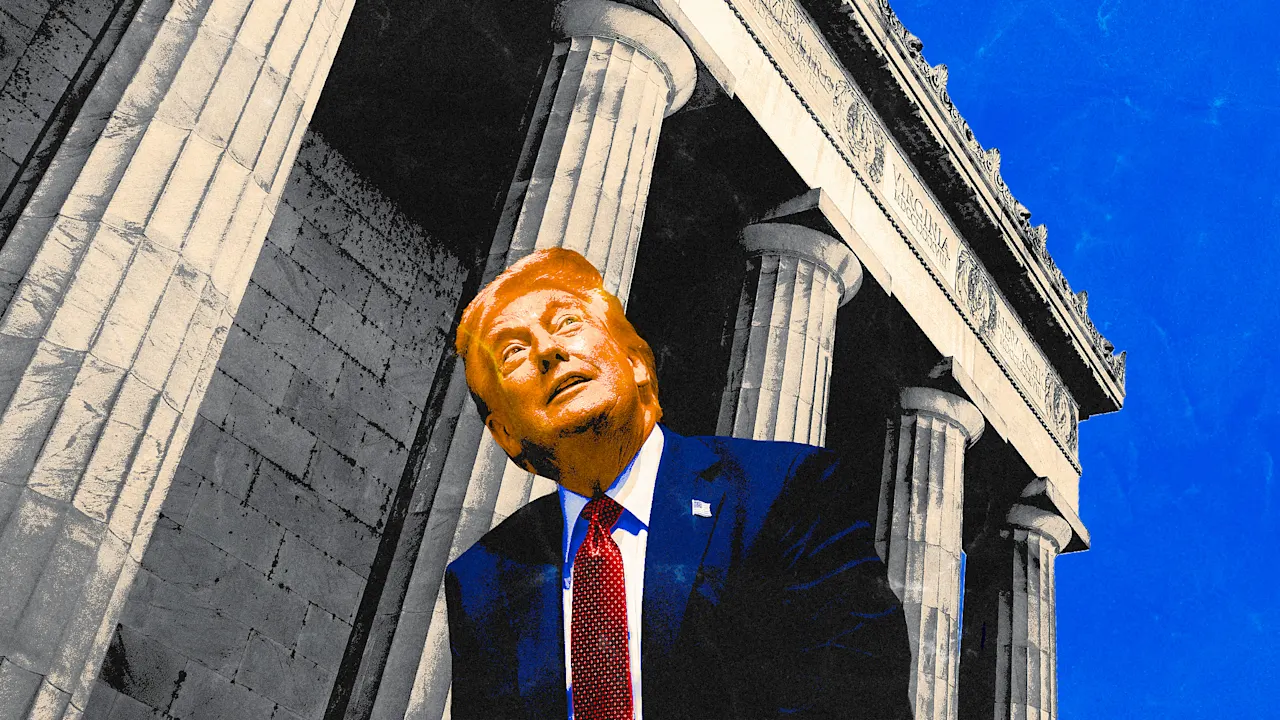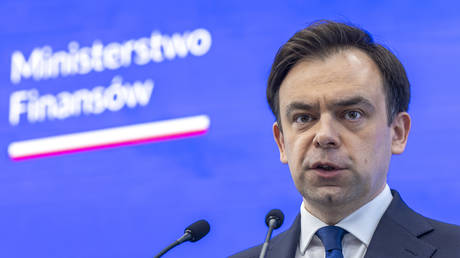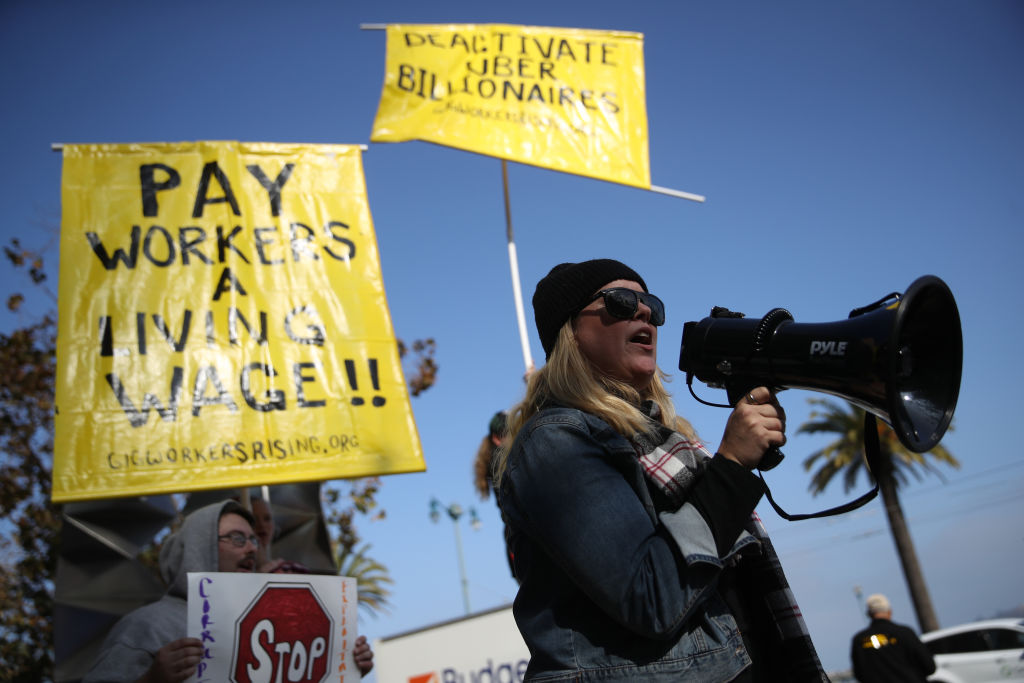Trump’s new executive order aims to overhaul federal architecture

On August 28, President Trump signed a new executive order intended to help him reshape Washington D.C. in his image.
The order, titled “Restoring America’s Architectural Grandeur,” requires federal buildings to maintain Trump’s preferred variety of “classical architecture”—i.e. the Greco-Roman style favored in the days of the founding fathers. It further mandates that builders will have to notify the President if they plan to construct any federal building that deviates from this preferred style, “including where a design embraces Brutalist, Deconstructivist, or other modernist architecture.”
In the first months of his second term, Trump has already begun imposing his personal aesthetic on the White House. The President, who has called “the look and feel of Louis XIV” his “favorite style,” has bedecked the Oval Office in gaudy gold decorations, filled the White House with art featuring his own image, and begun renovating the Rose Garden to resemble his resort in Mar-A-Lago. Now, he’s turning his attention toward reshaping Washington—and every federal building nationwide—according to his own design sensibilities.
“Uniformity as an extension of power”
Trump’s fixation on “classical architecture” is nothing new. During his first term, he issued a 2,500-word executive order that laid out which types of federal architecture were acceptable (classical and traditional) and which were not (Brutalist and modernist).
Biden revoked that original order when he took office in 2021, but Trump signaled his plan to pursue it once again almost immediately after starting his second term in late January. Now, he’s one step closer to achieving his goal.
In an interview with The New York Times on August 28, Justin Shubow, president of the nonprofit National Civic Art Society, which helped draft the executive order, said that its effects could begin to manifest soon. He cited the designs for new courthouses in places like Hartford, Connecticut, and Chattanooga, Tennessee, as projects that would need to follow the new directive.
“For too long, federal architecture has been in a dismal state,” Shubow said in a statement to The Times. “Recognizing the public’s disdain of our more recent government buildings, [Trump] is ensuring that new edifices will be beautiful, dignified, and admired by the common person.”
Trump’s renewed push to control the appearance of federal buildings coincides with his concerted efforts to exert greater influence over federal agencies themselves. This week, the White House moved to fire Federal Reserve Governor Lisa Cook—an action that has never been made in the Fed’s 112-year history, given that it has traditionally been operated independently from federal control. (Cook has requested an emergency injunction to block the move in an effort to prevent the erosion of the Fed’s independence.)
When Trump first attempted to impose his architectural style in 2020, Steven Heller, co-chair of the MFA design program at the School of Visual Arts and author of more than 100 books on graphic design history, told Fast Company that the move might be “reason for alarm.” Historically, he noted, such efforts have represented “uniformity as an extension of power.”
“When one design style is preferred over another, that may be construed as an aesthetic preference. But when it is linked to a presidential act or decree, especially a president that exhibits authoritarian tendencies, then there is reason for alarm,” Heller told Fast Company at the time. “We tend to ignore the nuances of power, like graphics and architecture styles, until it’s too late.”
What's Your Reaction?
 Like
0
Like
0
 Dislike
0
Dislike
0
 Love
0
Love
0
 Funny
0
Funny
0
 Angry
0
Angry
0
 Sad
0
Sad
0
 Wow
0
Wow
0




















































![[Premiere] Ryan Collins shares energetic, inspiring single "Stars N Stripes"](https://earmilk.com/wp-content/uploads/2025/08/Screenshot-2025-08-29-at-4.40.03-PM-800x504.png)









































